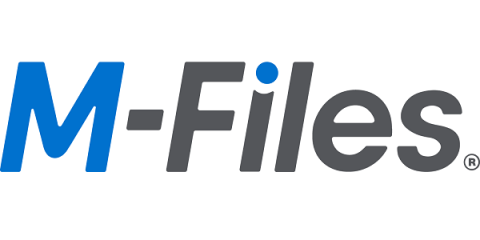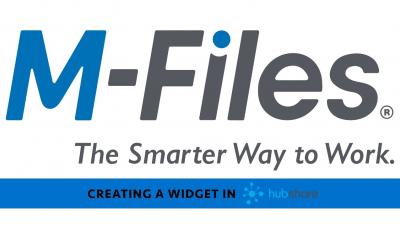What is Optical Character Recognition (OCR)?
One of the biggest problems that most organizations deal with these days has less to do with the sheer volume of data they're working with on a daily basis and is more about just how much of it is unstructured. Unstructured data, as the term suggests, is that information that either doesn't have some type of pre-defined model, or that isn't organized in any pre-determined way.



